The Streak Goes On…
I am feeling pretty good with just a tiny sore throat and a bit of chest congestion remaining on Day 18 of my epic head cold. I fly to Japan next Monday.
This post marks 70 straight days with a new educational blog post, a record by far that should be extended for at least another few days or so, or not. To show your appreciation, we ask that use our B&H and Amazon affiliate links for all of your B&H and Amazon purchases. Please check the availability of all photographic accessories in the BIRDS AS ART Online Store. We sell only what I use and depend on. We will not sell you junk. We know what you need to make creating great images easy and fun. And we are always glad to answer your gear questions via e-mail.
You can find the following items in the store: Gitzo tripods, Mongoose M3.6 and Wimberley heads, plates, low feet, and accessories, flash brackets, , Delkin e-film Pro Compact Flash Cards, LensCoat products, and our unique line-up of educational materials including ABP I & II, Digital Basics, Site and Set-up e-Guides, Canon and Nikon Camera Users and AF e-Guides, and MP-4 Photoshop video tutorials among others.
We would of course appreciate you using our B&H and Amazon affiliate links for all of your B&H and Amazon major gear, video, electronic, household, and personal purchases. For the photographic stuff mentioned in the paragraph above we would of course greatly appreciate your business.
Thanks and enjoy today’s blog post! This one took about 2 hours to assemble.
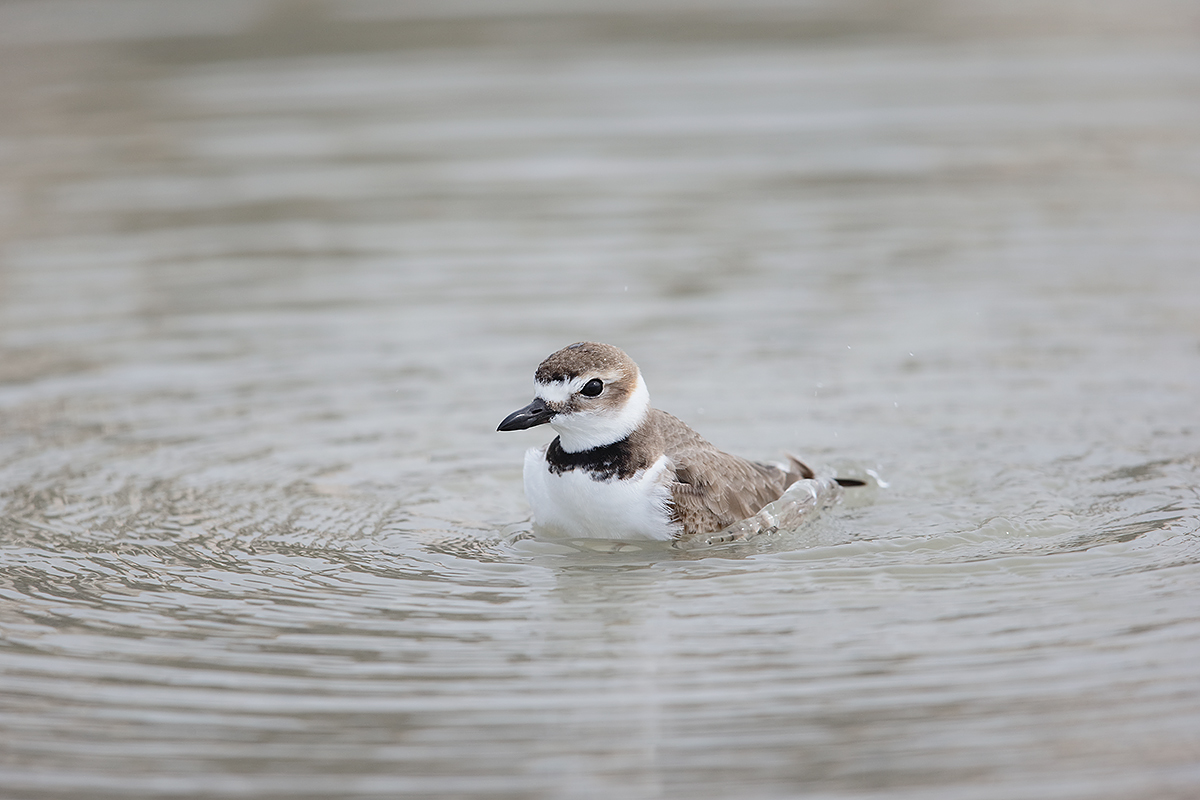
|
|
This bathing Wilson’s Plover image was created on the Little Estero Lagoon IPT with the Gitzo 3532 LS carbon fiber tripod, Mongoose M3.6 head, the Central Sensor Surround/AI Servo/Rear Focus squarely on the subject’s eye active at the moment of exposure. Click here if you missed the Rear Focus Tutorial. Click on the image to see a larger version.
|
Splish Splash…
Bobby Darin: Splish Splash (I was takin’ a bath). And for the Bobby Darin fans: Dream Lover.
Recognizing Bird Behavior
The image above shows a Wilson’s Plover in the beginning stages of bathing.
On many IPTs, denise and I will call out, “Bathing bird!” Not realizing that a bird dipping its breast and often its head in the water is in the process of bathing and that 90% of the time, the bird will rise or fly up and flap its wings, many participants stare blankly. Then we explain the process and the possibilities. When the birds finally do flap their wings vigorously–you often have to beg them to flap–everyone is amazed. But birds have been bathing and flapping after their baths for eons. Pretty much all species of birds bathe though the exact procedure often varies. Sandhill Cranes for example sock themselves and may put their heads in the water while flopping around with their wings but I have never seen them raise up and flap.
The most commonly photographed bathers/flappers are the ducks, shorebirds, gulls, and terns among others. The smaller species especially the shorebirds often flap so hard that they take flight after their baths. Whenever photographing birds in the process of bathing you face a dilemma: add a teleconverter or get closer to photograph the dramatic flashing, or stay back and relatively wide in hopes of creating a spectacular image of the flap? (Note: with the right situation and the Canon EF 200-400mm f/4L IS USM lens with Internal 1.4x Extender it is possible to do both from the same spot.
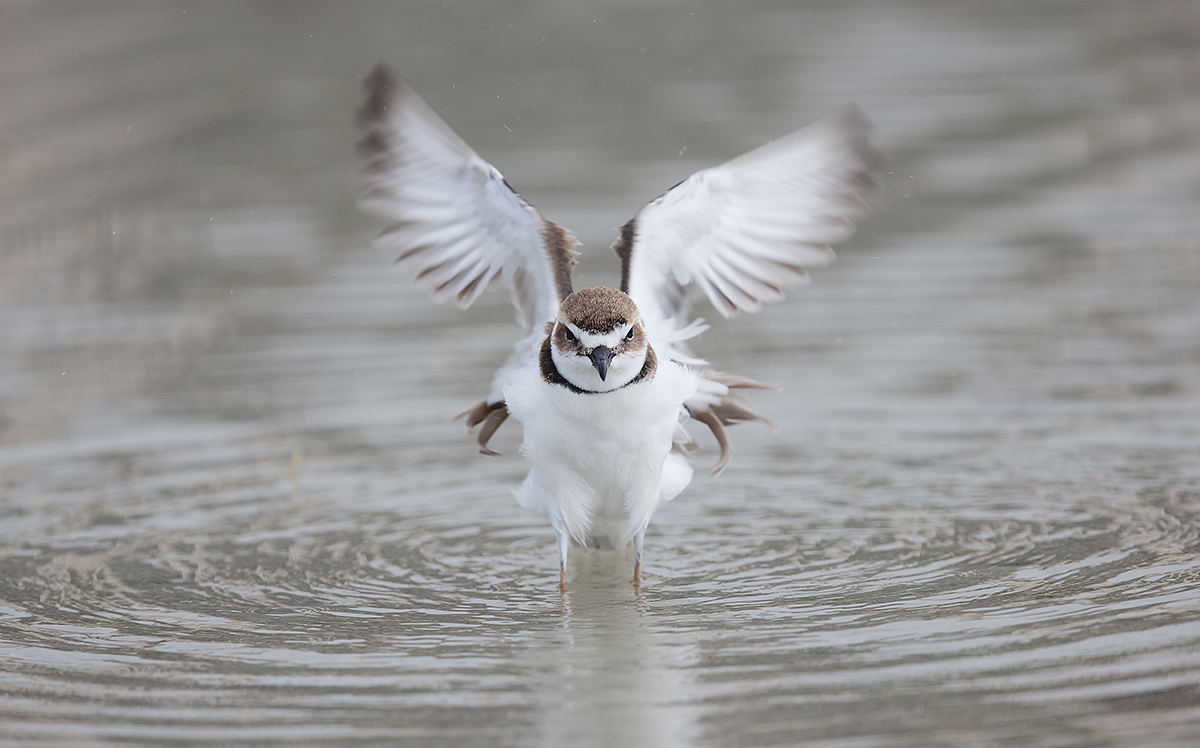
|
|
This image of a Wilson’s Plover flapping after its bath was created on the Little Estero Lagoon IPT with the Gitzo 3532 LS carbon fiber tripod, Mongoose M3.6 head, the Central Sensor Surround/AI Servo/Rear Focus on the right side of the bird’s breast just below the neck band active at the moment of exposure. Click here if you missed the Rear Focus Tutorial. Click on the image to see a larger version.
|
The Flapping Strategies
If you wish to photograph the dramatic flapping, you are again faced with 2 choices: use either Rear or One-Shot AF, focus on the bird’s face, and when it raises up to flap, fire away without attempting to track the subject. Or, you may focus on the bird’s head, face, or breast with either Rear Focus or Shutter Button AI Servo, and keep focus active as the bird raises up and start to flap. The first approach requires some luck–the bird must raise straight up to remain in focus. The second approach requires some degree of skill, especially when the bird veers of to one side…. I have had success with both methods. Part of the skill involves anticipating when to track the bird as it flaps and rises and when to bump the focus (as described in Jim Neiger’s great eGuide, Flight Plan).
After studying bathing birds seriously you will be able to anticipate when the bird will begin to flap; their dipping and flopping usually becomes more and more frenetic just before they rise up and beat their wings vigorously. As always, the more you study and come to know bird behavior the better photographer you will become.
|
This image of a Wilson’s Plover flapping after its bath was also created on the Little Estero Lagoon IPT with the Gitzo 3532 LS carbon fiber tripod, Mongoose M3.6 head, the Central Sensor Surround/AI Servo/Rear Focus on the breast band below the bird’s left eye active at the moment of exposure. Click here if you missed the Rear Focus Tutorial. Click on the image to see a larger version.
|
Miscellaneous
Each of these images was created while I was kneeling behind my lowered tripod. Each was cropped to varying degrees from the bottom and from the side as needed to center the bird’s head. All three images were converted in DPP. After adjusting the sliders for the first image I cut and pasted the recipe to the other two files to save lots of time while doing the RAW conversions.
Your Favorite?
Please take a moment to leave a comment and let us know which of the flapping images is your favorite. And why?
Do you know which feathers are the tertials?
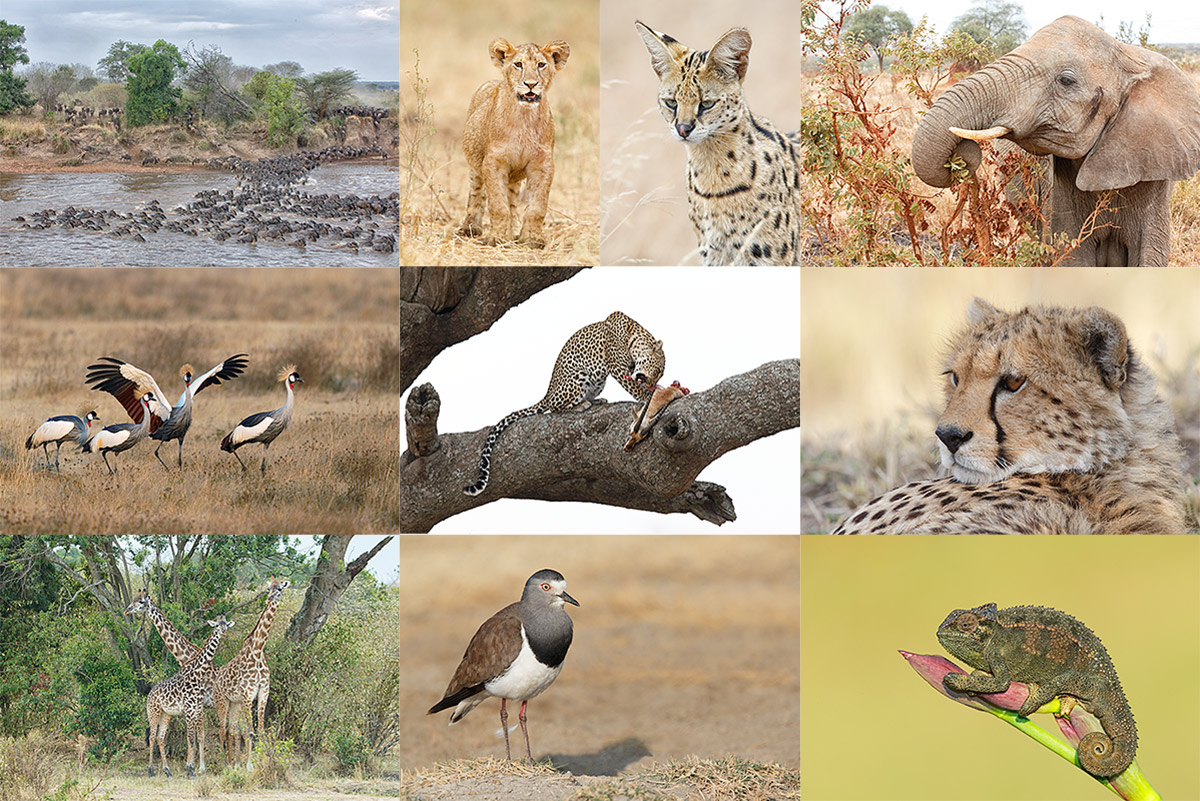
|
|
Join me for the 2014 Tanzania Summer Safari! |
2014 Tanzania Summer Safari, 14-day African Adventure/leave the US on August 9. Fly home on August 24: $12,999.
Co-leaders Todd Gustafson & Arthur Morris. The limit is 12. Three photographers/van; you get your own row of seats. Our trip is a bit more expensive than the average safari for good reason. It is the best. We have the best driver guides with a total of decades of experience. They have been trained over the years by Todd and by me to drive with photography in mind. We have the best and most knowledgeable leaders. We stay in the best lodges and camps. We hope that you will join us for what will be Todd’s 35th African safari, and my 8th.
If you are seriously interested please e-mail me; I will be glad to send you the illustrated PDF with the complete itinerary and deposit info.
What else makes this expedition unique?
•Pre-trip consultation and camera equipment advice
•Award-winning photographers as your guides
•A seamless itinerary visiting the right locations at the best time of year
•Hands-on photography instruction in the field
•Specially designed three roof-hatch photo safari vehicles
•Proprietary materials for preparation, including free copy of “A Photographer’s Guide to Photographing in East Africa.”
•Post-safari image critiques
All-inclusive (double-occupancy) except for your flights to and from Kilamajaro Airport, bar drinks, soda & water (except at the Intimate Tented Camp where everything is free for our entire stay), tips for drivers and camp staff, personal items, and trip insurance.
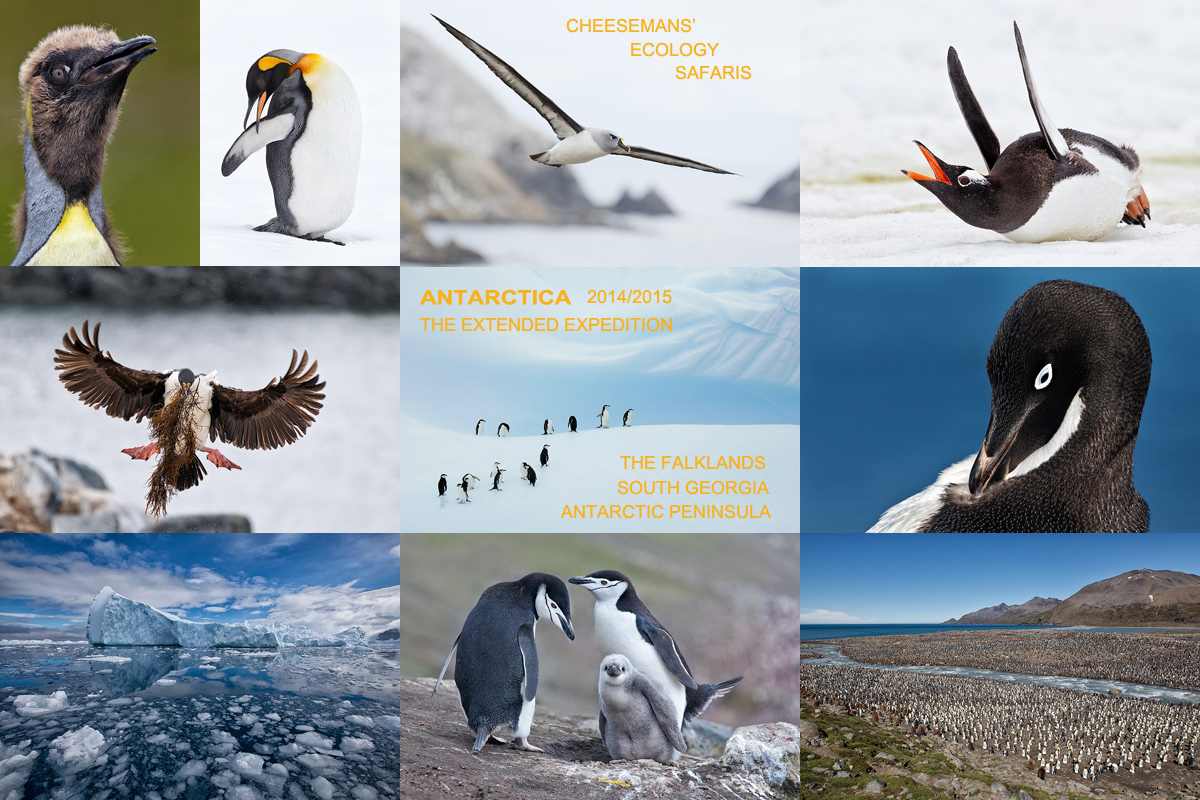
|
|
Breathe deeply, bite the bullet, and live life to its fullest; we all get only one ride on the merry-go-round… Join me on this great trip. Click on the image to enjoy a larger version. |
The Southern Ocean…
If you would like to explore the possibility of joining me on the Cheesemans’ Ecology Safaris Antarctica/The Extended Expedition Voyage< trip: Antarctic Peninsula, South Georgia and Falkland Islands: December 13, 2014 to January 10, 2015, click here for additional information and then shoot me an e-mail.
The DPP RAW Conversion Guide
To learn why I use Canon’s Digital Photo Professional (DPP) to convert every image that I work on, click here.
Support the BAA Blog. Support the BAA Bulletins: Shop B&H here!
We want and need to keep providing you with the latest free information, photography and Photoshop lessons, and all manner of related information. Show your appreciation by making your purchases immediately after clicking on any of our B&H or Amazon Affiliate links in this blog post. Remember, B&H ain’t just photography!




Amazon
Everyone buys something from Amazon, be it a big lens or deodorant. Support the blog by starting your search by clicking on the logo-link below. No purchase is too small to be appreciated; they all add up. Why make it a habit? Because I make it a habit of bringing you new images and information on an almost daily basis.
Typos
In all blog posts and Bulletins, feel free to e-mail or to leave a comment regarding any typos, wrong words, misspellings, omissions, or grammatical errors. Just be right. 🙂
IPT Info
Many of our great trips are filling up. See especially info on the South Florida, Holland, and Nickerson Beach IPTs. Two great leaders on most trips ensure that you will receive individual attention, have all of your questions answered, and learn a ton including how to think like a pro, see the situation, and get the right exposure every time. In addition you will have fun, and make lots of great images. Click here for IPT details and general information.

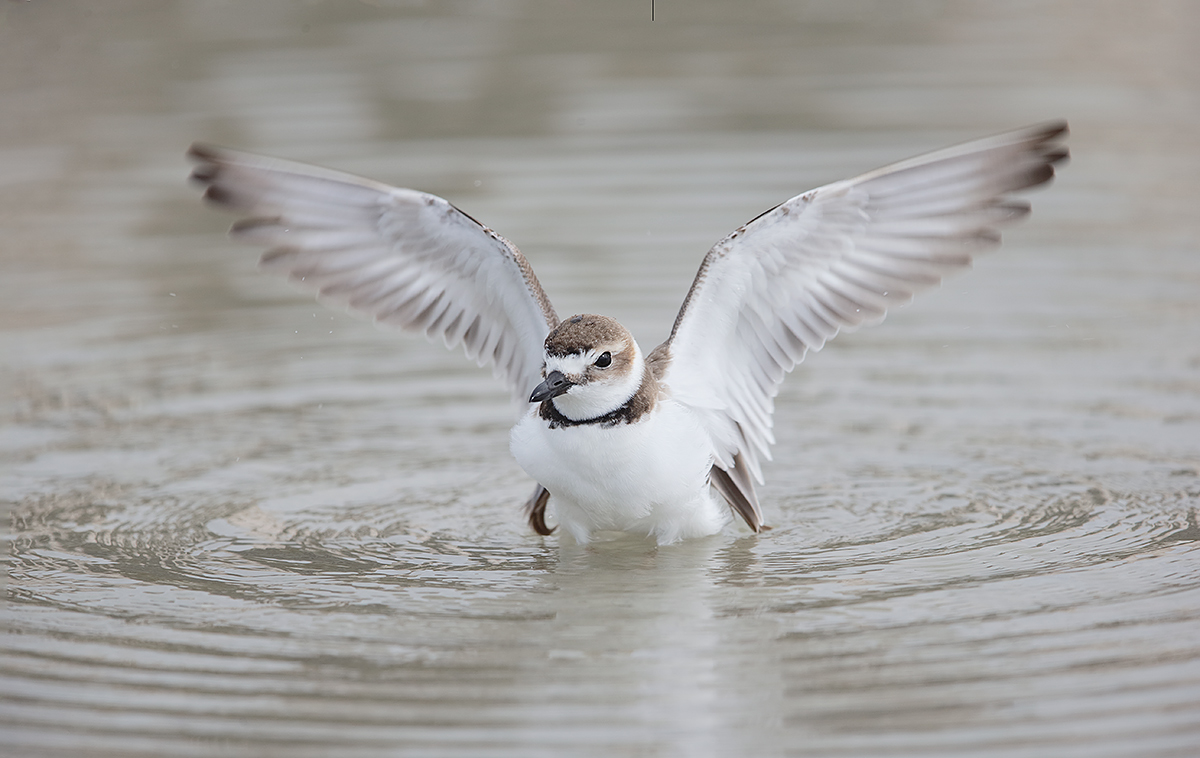















Flapping #2 has a little vertical stroke at the top centre? Is it an oops?
Thanks a stack Conrad. I saw that and thought that it was some type of indicator that would disappear when I saved the file. Not! I have repaired the master file so thanks again for your eagle-eye. artie
I think Flapping #2 is the most pleasing image. Flapping #1 would have been even better with a slightly slower shutter speed, giving more motion to the flapping wings with the sharp face. Thanks Arthur for your diligence, you have to aim to make it a 100 day streak 🙂
YAW and thank you for your kind words :). Please remember to use our B&H and Amazon links for your minor and major purchases. Every kindness helps. artie
Great pictures!
I’m curious though, how were you able to stop down to F6.6 for these images? 🙂
Thanks for catching my typo. artie
I like flapping #2, it is a more pleasing composition. I like flapping #1 because it is more unusual, the head on perspective. By the way you have images mark as #1. Ted
Image 2 is very dramatic……..sweet.
Thanks Henry!
I really like the 3rd image because 1) it’s more dynamic action than image #1, the first image is just a bit too static for me 2) you get the full extension of the wings and a bit of catch eye (more so than image #2)
Had no idea what the tertial feathers were. See, I’m learning something new all the time here!
Thanks
Rob
Eleanor was correct about the tertials. See below. I am working on my reply to your e-mail about coming to Arizona next January. I have been laptop-less for the last 6 hours…. About another hour to go before I can really get back to work. artie
Tertials, the brown feathers at the bottom of the wings?
I like the last plover photo because of the wide open wings. But hard to choose between 2 and 3. I like the full circle of water on all of them.
Thanks
Yes, those curved brown feathers cover the areas where the wings meet the body. And thanks for your kind words.